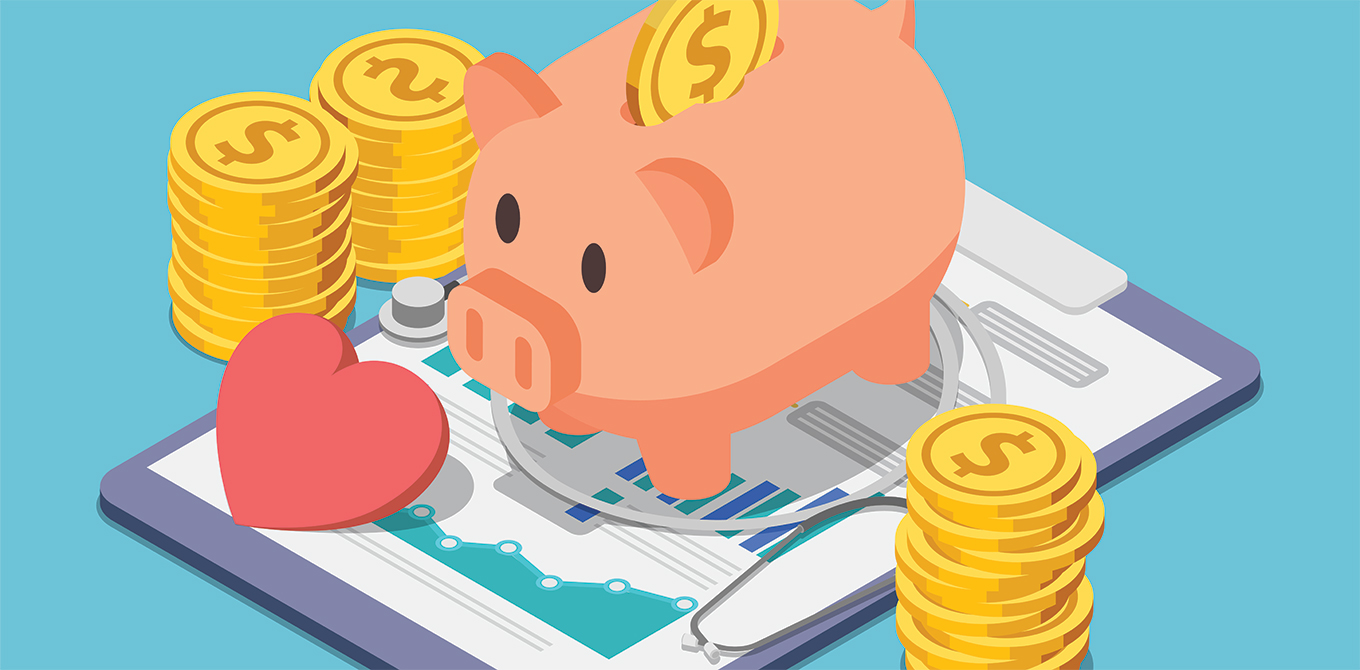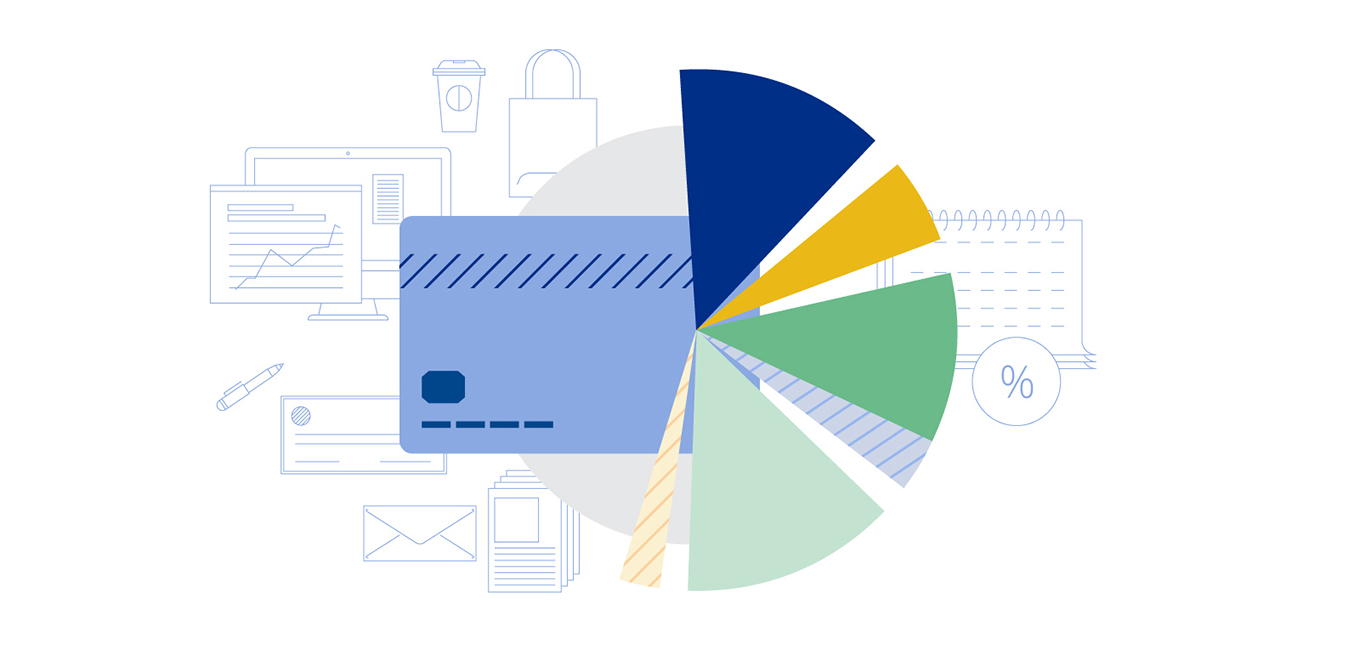What is Wall Street Journal Prime Rate and Why it matters
Perhaps you've never even heard the term, but everyone who has a credit card or a car loan or any other form of consumer debt, especially those with a variable interest rate, should have a basic understanding of the WSJ Prime Rate and how it affects you.
The WSJ Prime Rate is essentially the base interest rate that banks are charging borrowers, and it’s referenced by lenders and borrowers alike. It’s published each day by the Wall Street Journal, and it is an important method for people to keep track of the interest rates that banks are charging for loans and credit lines.
What Is the WSJ Prime Rate?
The WSJ Prime Rate is defined by the Wall Street Journal as the “base rate posted by at least 70% of the nation's largest banks." The Wall Street Journal conducts a regular, ongoing market survey of America's biggest banks to see what interest rate they are charging to their “prime" customers (customers with highest-rated credit) for short-term loans.
The WSJ Prime Rate is different from the “federal funds rate," which is the rate that banks charge to each other for overnight loans to fulfill their reserve funding requirements. The WSJ Prime Rate is usually approximately 3% higher than the federal funds rate. When you see news coverage about the Federal Reserve discussing whether to make an increase or decrease in “interest rates," they are talking about the federal funds rate, which is an instrument of monetary policy and a driver of the overall economy.
The WSJ Prime Rate is affected by the federal funds rate and is an indicator of the overall cost of money for banks and lenders, and of the overall functioning of financial markets.
How WSJ Prime Affects Interest Rates
Even if you don't read the Wall Street Journal, don't work in finance, and don't care about the workings of the Federal Reserve, the WSJ Prime Rate is still important to your everyday life.
That's because the WSJ Prime Rate is a key indicator of the cost of consumer borrowing. If you have a credit account, particularly a variable one, the interest rate you pay is affected by the prime rate.
- Credit card: Most credit cards have a variable annual percentage rate (APR) that are tied to prime which means as the prime rate rises, your APR will also increase.
- Mortgages: If you have an adjustable rate mortgage, as prime increases, your rate could increase.
- Auto loan: Most auto loans are not variable rate, but prime could affect the initial rate that you receive from the lender.
- Line of credit: A Home Equity Line of Credit (HELOC) is another type of credit that could be a variable rate, therefore increasing your interest rate as the prime rate increases.
Many variable accounts will state that your variable APR is a certain percentage above the prime rate. If the WSJ Prime Rate goes up, your interest rate will go up too.
For Example:
- Percentage = 17.30%1
- Prime rate = 4%
- Credit card APR would be 17.30% + 4% = 21.30%.
Another reason why the prime rate matters is because consumers' borrowing costs are affected by their credit ratings. If you have excellent credit, you will be charged a lower “margin" above the prime rate for your credit card, or you might even qualify for the prime rate itself as your interest rate. But if you have a lower credit score, you might have to pay a higher “spread" above the prime rate. If the prime rate goes up, your costs of borrowing will go up, too – and the costs will likely be significantly higher for people who have lower credit scores.
What Should You Do When the WSJ Prime Rate Changes?
You don't need to monitor the WSJ Prime Rate every day, but depending on your financial goals, you might want to pay attention to the prime rate and its recent trends. If you want to pay off credit card debt, you should be aware of what interest rate you're paying on that debt. If you have some cash savings in the bank, you might want to look for a higher-yielding savings account. The overall “cost of money" and your costs of borrowing (or your yield as a saver and investor) are affected by the prime rate.
If the prime rate goes up, that means that banks are charging higher interest rates, and so the interest rates on your credit card or adjustable rate mortgage might go up too, making it more expensive to borrow.
You might want to:
- Aggressively pay down your debt
- Delay making a big purchase
- Consider refinancing your debt with a debt consolidation loan or balance transfer to lower your interest rate.
If the prime rate goes down, that means that it's becoming cheaper to borrow money.
You might want to:
- Consider refinancing your mortgage at a lower interest rate
- Make a major purchase with (cheaper) borrowed money. For example, lower interest rates might make it easier for you to afford a newer or better vehicle than you could before.
The U.S. economy is made up of billions of little everyday moments of consumers making decisions and responding to incentives, all trying to maximize their wealth and happiness. The WSJ Prime Rate is an important indicator of the cost of money. Understanding the basics of how interest rates work can help you make better decisions in your financial life.




